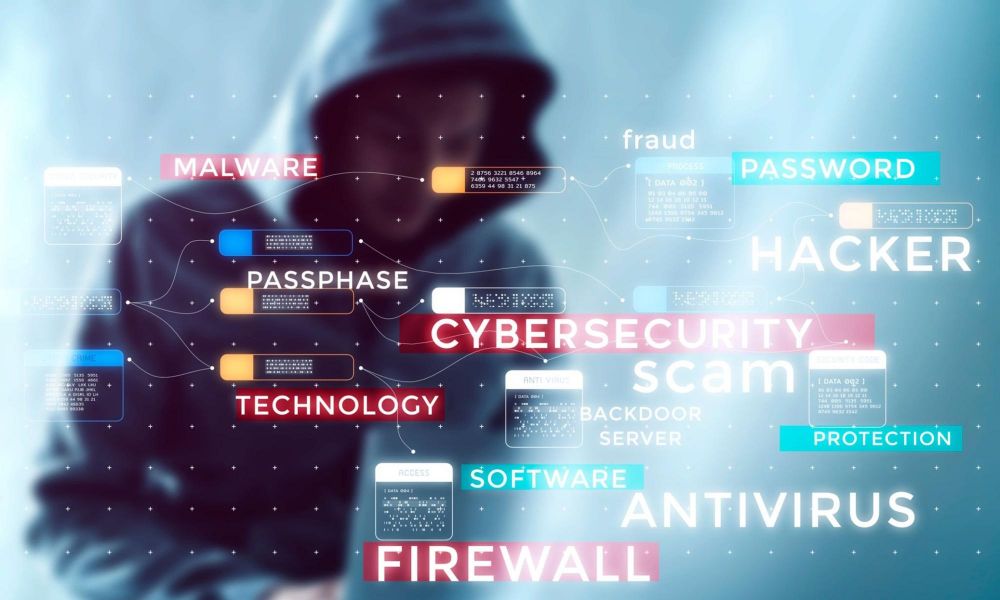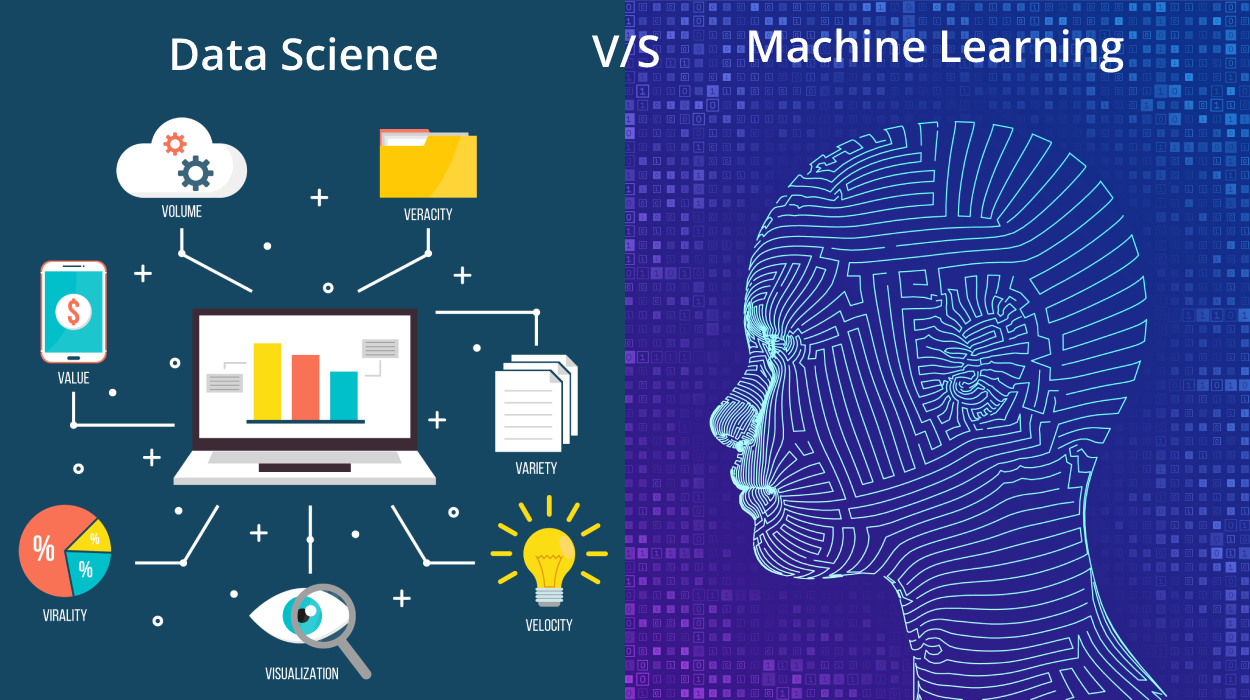The state or method of securing and restoring networks, computers, and programs from any form of cyber attack is known as cyber security.
As the internet and digitally dependent operations expand and alter, so do cyber security practises. People who research cyber security are focusing more on the two areas in the following pages, according to Secure Works.
The Internet of Things
Hackers may gain access to individual devices that link to the internet or other networks through which they can also gain access to the users' personal details, such as medical records, bank accounts, and website login information, and do considerable damage.
The Explosion of Data
Data storage on personal devices like laptops and cell phones makes it easier for cyber criminals to access a network via a personal computer. This may present an opportunity for hackers leading to a widespread disclosure of individuals' personal information, which has become highly vulnerable to cyber attacks. Cyber security experts must know how to deal with new cyber threats when they emerge.
Types of Cyber Security
Critical Infrastructure Security
The protection of devices, networks, and assets whose continuous operation is deemed essential to ensure the security of a given country, its economy, and the public's health and safety is referred to as critical infrastructure security.
Network Security
The method of protecting a computer network from intruders, whether targeted or by chance, is known as network security.
Application Security Focuses on preventing malware from infecting applications and computers. A hacked application could allow access to the data it was supposed to secure. Security starts during the design phase, well before a software or system is deployed.
Information ecurity ensures data integrity and privacy are protected during storage and transmission.
Operational Security
Processes and decisions for managing and securing data properties are included. When accessing a network, the processes that decide how and where data can be stored or exchanged, as well as the permissions users, all fall under this umbrella.
Disaster Recovery policies define how an entity restores processes and knowledge to the same operational capability as before the disaster.
Cloud Security is an application that helps eliminate the risks associated with on-premises attacks by tracking and shielding data on the cloud.
Identity and Access Management (IAM) secures organisations, using authentication services to restrict and monitor employee access.
Antivirus/Anti-Malware
Antivirus software examines computers for identified risks. Modern solutions can also identify threats that were previously unknown based on their actions.
End-User Education Addresses
End-user education is concerned with people where someone can inadvertently inject a virus into an otherwise safe system, training employees to remove suspicious email attachments, not plug in unidentified USB drives, and so on is critical for every company's security.
Common Types Of Cyber Attacks
Malware is a type of computer software, which includes spyware, malware, viruses, and worms that have malicious code. Malware infiltrates a network by exploiting a flaw, such as when a user clicks on a malicious connection or email attachment, which installs harmful programs.
Phishing is the practice of sending fake emails that tend to come from a legitimate source. The aim is to steal confidential data such as credit card and login information or to infect the victim's computer with malware. Phishing is becoming a more prevalent cyber-threat.
Man-in-the-middle attacks also called eavesdropping, occur when intruders pry into a transaction of two parties and steal data. Mostly happens while using unsecured Wi-Fi or once Malware has been installed on a device.
Denial-of-service attack: During this attack data is flooded into devices, servers, or networks in order to drain resources and bandwidth. As a consequence, valid demands are unable to be met by the system. This attack can also be launched using several compromised computers.
Structured Query Language (SQL) injection happens when an attacker injects malicious code into a server that uses SQL, forcing the server to disclose details it would not usually reveal. An attacker may perform a SQL injection by typing malicious code into a search box on a compromised website.
A zero-day exploit occurs after a network vulnerability has been publicly disclosed, however, before a patch or workaround has been introduced attackers will concentrate on the publicly revealed vulnerability to infiltrate the system.
Cyber security threats are divided into two categories: passive and active attacks. In a passive attack, no data is modified, and the target is unaware of it unless they have a mechanism in place to track and secure machine identities. During an active attack, system resources and data are changed or otherwise destroyed, causing the system to stop functioning normally. While an active attack is more likely to be detected than a passive attack, the root cause of active attacks is difficult to pinpoint without careful monitoring and security of human and computer identities.








